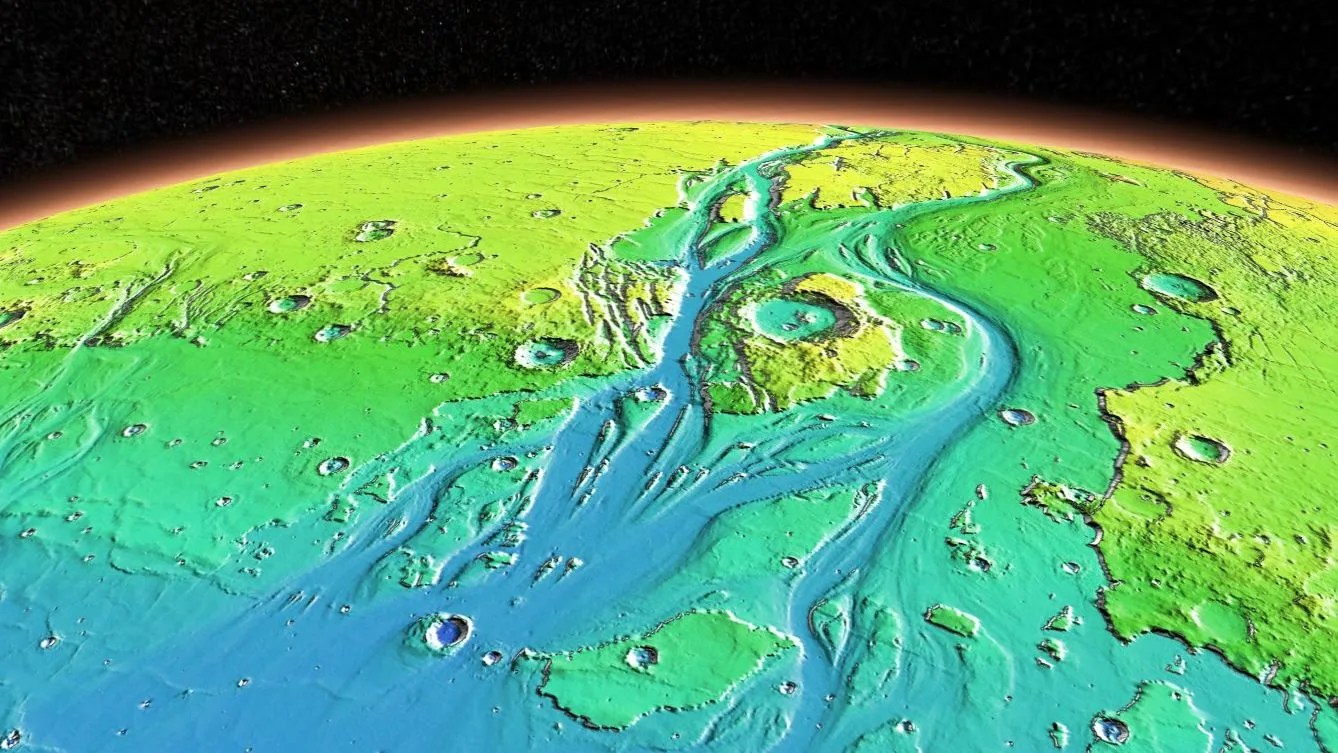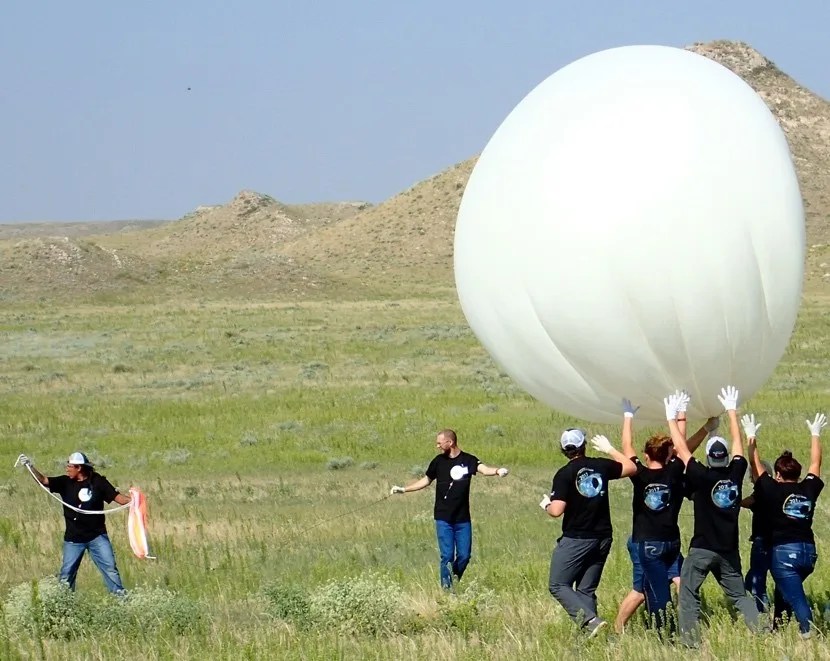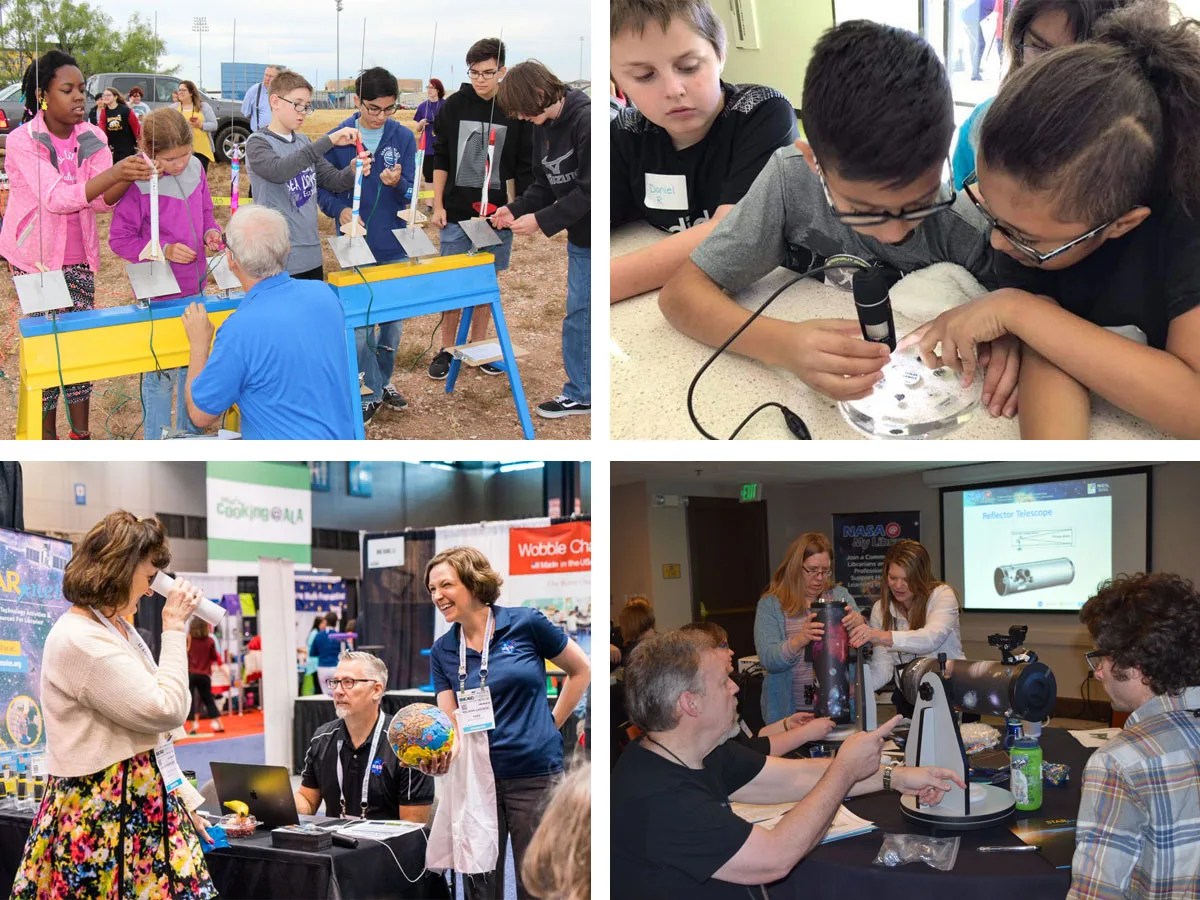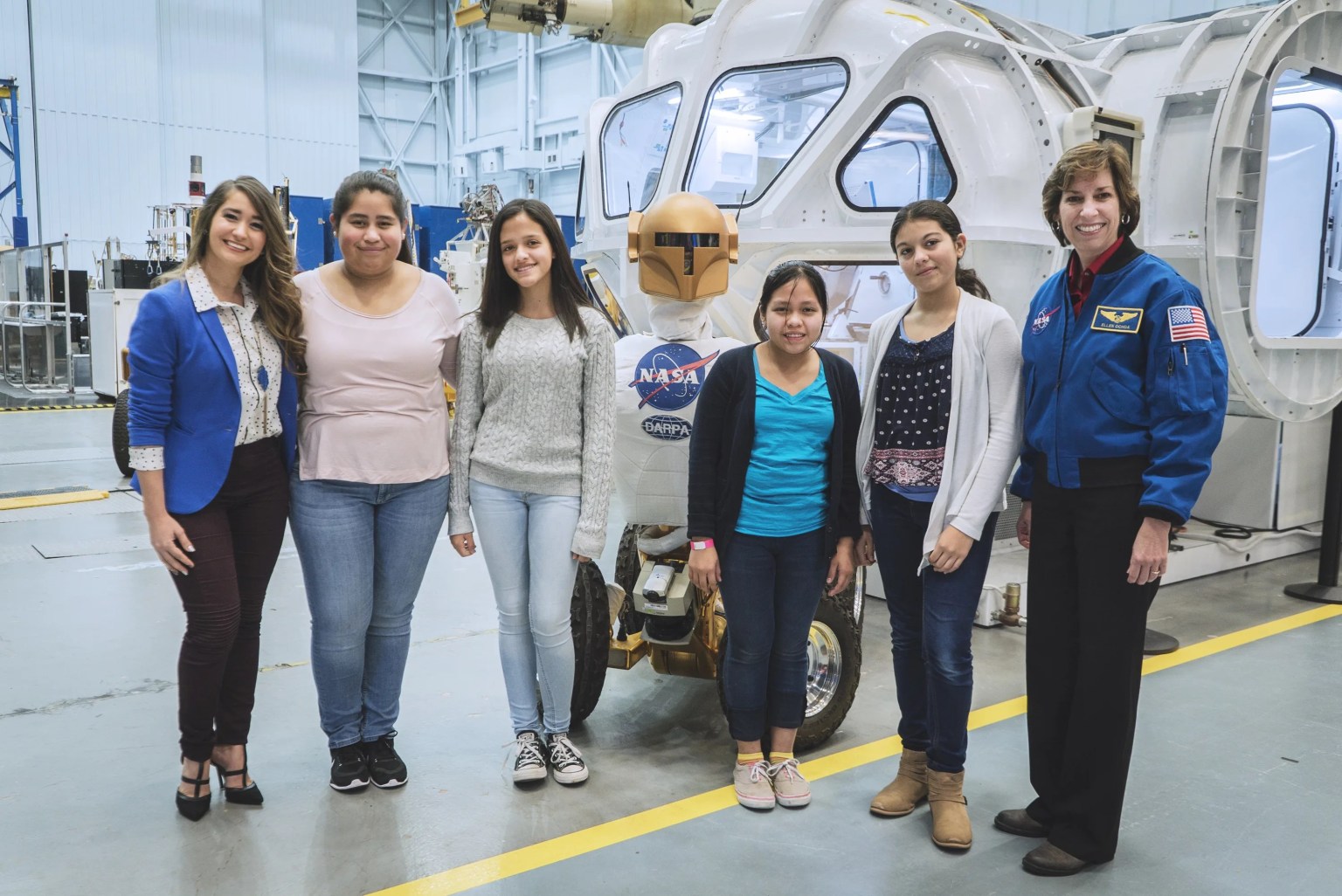NASA Solar System Treks
Enabling learners to explore planetary surfaces in an interactive online platform.
Team Mission
NASA’s Solar System Treks project produces a suite of online, web-based, interactive visualization and analysis portals. These tools enable mission planners, planetary scientists, students, and the public to explore the surfaces of a growing number of planetary bodies as seen through the eyes of many different instruments aboard a variety of spacecraft. The project is actively supporting mission planning for Artemis crewed missions and Commercial Lunar Payload Services (CLPS) robotic missions to the Moon. Views can be stacked and blended. Users of our portals for various planetary bodies can interactively fly over peaks and down into valleys in 3D mode; measure distances, heights, and depths of landforms; and mark areas for output to 3D printers.
There’s nothing like seeing something with your own eyes, but these types of detailed data-visualizations are the next best thing. -Kristen Erickson, quoted in Astronomy Now

Kristen Erickson
Quoted in Astronomy Now
While originally initiated for mission planning and science, this technology has demonstrated great benefits for Science, Technology, Engineering, and Mathematics (STEM) engagement and inspiration. As a component of NASA’s Science Activation Infrastructure, Solar System Treks are available as resources for NASA Science Activation partners and the greater outreach and education community. As new missions are being planned to a variety of planetary bodies (including the first human missions to Mars), these tools are facilitating the public’s understanding of the missions and engaging the public in the process of identifying and selecting where these missions will land. Initial Trek portals were developed for the Moon; the planets Mercury, Venus, and Mars; the dwarf planet Ceres; the asteroids Vesta, Bennu, and Ryugu; Jupiter’s moon Europa; and eight of Saturn’s moons. New portals for additional bodies are being developed. The project is managed by NASA’s Solar System Exploration Research Virtual Institute and developed at NASA’s Jet Propulsion Laboratory.
NASA has come out with the ultimate tool for Mars geeks: a comprehensive tour through the Red Planet, including the ability to enter a 3D view.

Gizmodo
What does your team hope to achieve?
NASA’s Trek family of online portals is an exceptional collection of resources with a goal of making it easy for students and the public to explore surfaces of planetary bodies using real data from real missions. Exotic landforms on other worlds and the plans to explore them provide inspiring context for science and technology lessons in classrooms, museums, libraries, and at home. We will work with our NASA Science Activation partners to maximize the value of these portals to formal and informal educators, as well as to scientists working to share the excitement of the latest developments in planetary science, so as to enhance visibility and public engagement in missions of science and exploration. NASA Solar System Treks will also work with our Science Activation partners to help them leverage the exceptional excitement and inspiration that will arise from the upcoming human and robotic missions to the Moon. As an infrastructure component of NASA’s Science Activation program, we are working to help our partners enhance their programs through access to our interactive portals, custom visualizations suited to their particular needs, and easy access to NASA lunar and planetary data for their own development efforts.
I am a geology professor at Brigham Young University trying to develop an online course in planetary geology for non-science majors. One of the really important tools that I’d like to share with students is a 3D view of the planets and important moons. The NASA Trek viewers for Mars, Vesta, and Moon are just what I was looking for.

Eric Chriatiansen
BYU































